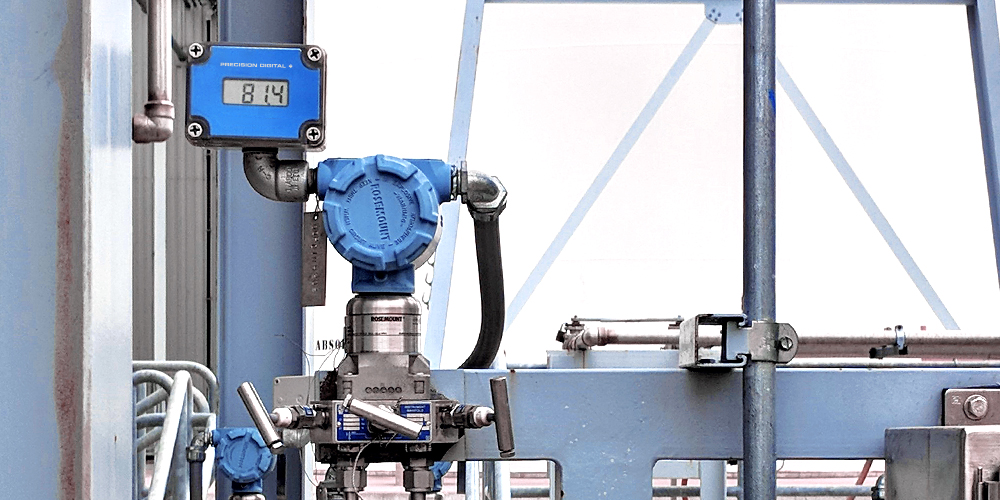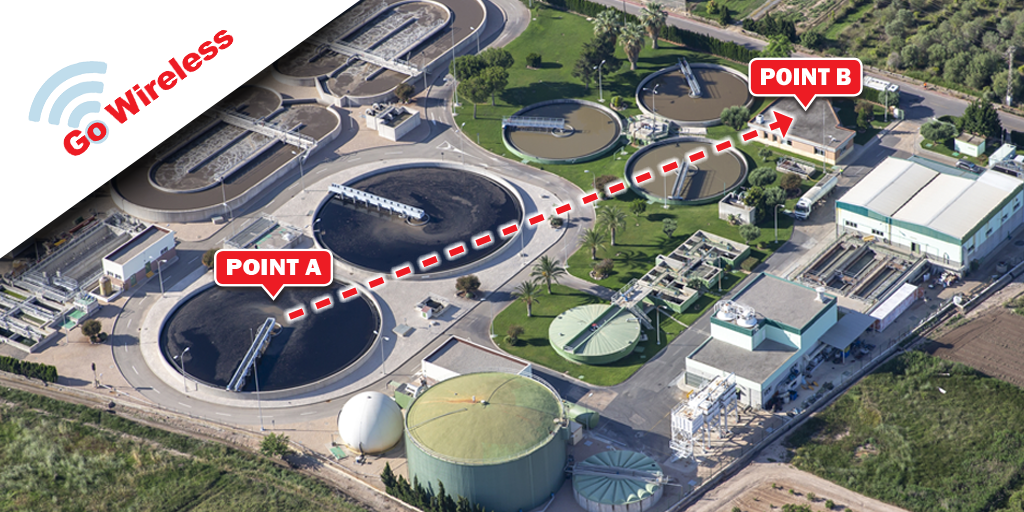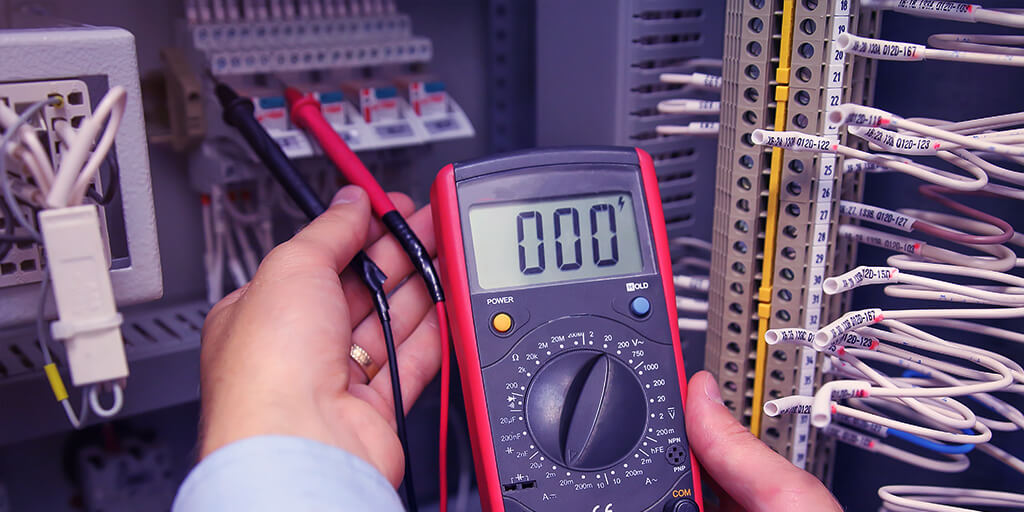Featured

Back to basics {part 1}: The fundamentals of 4-20 mA current loops
The 4-20 mA current loop is the prevailing process control signal in the industry.

Back to basics {part 2}: The fundamentals of loop-powered devices
Learn about the definining characteristics, advantages, and limitations.

Back to basics {part 3}: Loop vs line power
Understand the key differences between the 2 wire, 3 wire, and 4 wire connections.
Latest White Papers

Why use a loop powered meter?
A simple solution without adding excessive instrumentation or installation costs.

Loop-powered indicators with advanced display and control features
Radically improving and expanding the functionality expected from loop powered meters.

Go Wireless - The Easiest Way To Get a Process Signal From Point A to Point B
Learn how to easily make your existing system into a wireless solution.

Four tips for wireless installations
Best practices for planning a successful wireless installation.

De Regreso a lo Básico: Los Fudamentos de los Lazos de Corriente de 4-20 mA
El lazo de corriente de 4-20 mA es la señal de control de procesos predominante en la industria.

Level measurement technologies in the process control industry
A quick overview of level measurement technologies.

Best planning practices for level solutions
Improve the safety, efficiency, and operator confidence in any level application.

Five considerations for selecting a remote level display
Create a safe, effective, and efficient level measurement system.

When is a 4-20 mA output needed on my digital panel meter?
Understand the reasons to include a 4-20 mA output before buying.

Introduction to Modbus Serial Communication
Learn ways to use Modbus and the terms associated with it.

Unlock the potential of your Modbus® transmitters
Learn the advantages of a Modbus process measurement system.

Ground loops & non-isolated commons
Best practices that can eliminate these two signal connection issues.

Reducing signal noise in practice
Learn what signal noise is, what causes it, and how to prevent it.

Everything you need to know about hazardous area classifications
Learn the basics of hazardous area classifications.

How to measure flow rate with level sensors
Level sensors are capable of measuring more than just level.

Level Monitoring & Pump Control with the ProVu PD6000
Two important tasks done using just one device.
More White Papers
ProVu Series safety interlock feature
A common application for Precision Digital's ProVu series is for monitoring & alarming. In these applications, the meter is not used as a primary controller, but a safety device. As such... Read More
Boosting efficiency in a natural gas flow application
The end user is a natural gas transportation and storage service provider in the USA with a natural gas storage well flow application. The customer's primary concern when considering a system upgrade was to track flow rate and display the rate locally... Read More
Be ready for the summer sun with sunlight readable displays
With the summer months ahead, many are looking forward to bright and sunny days. However, to those who work with process instrumentation outdoors, the sun may seem a never-ending source of frustration... Read More


